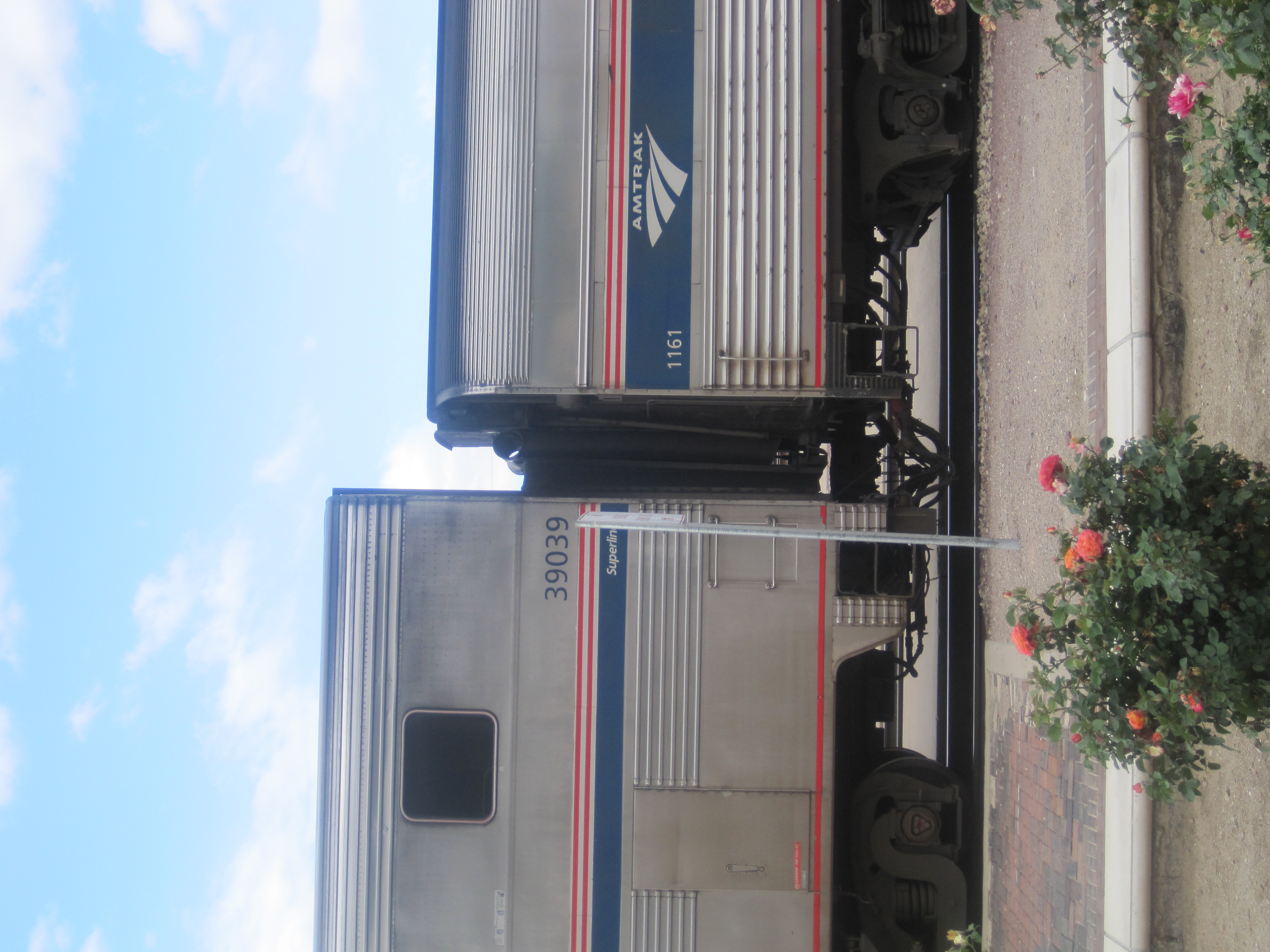CSXfoamer1997
OBS Chief
- Joined
- Dec 23, 2015
- Messages
- 575
Does anyone know when the Superliner III's should come out? Including the ones built specifically for long-distance service? And also, I know that Nippon Sharyo will build the commuter ones going to Illinois and California, but that's on hold right now. However, is it known who will build the Long-Distance ones?
Also, why not create Superliner Baggage Cars and bag-dorms rather than just a bunch of Viewliner II baggage cars? Superliner baggage cars would be able to hold more baggage, AND make a Superliner train more aerodynamic.
Also, why not create Superliner Baggage Cars and bag-dorms rather than just a bunch of Viewliner II baggage cars? Superliner baggage cars would be able to hold more baggage, AND make a Superliner train more aerodynamic.





